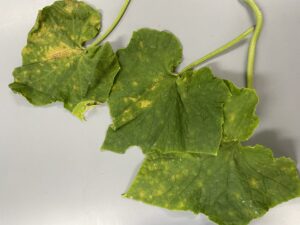
Cucurbit Downy Mildew Found in Haywood County--July 18, 2022
Cucumber downy mildew (CDM) has been confirmed on cucumber plant samples from a homeowner garden in Haywood County, NC. …



El inglés es el idioma de control de esta página. En la medida en que haya algún conflicto entre la traducción al inglés y la traducción, el inglés prevalece.
Al hacer clic en el enlace de traducción se activa un servicio de traducción gratuito para convertir la página al español. Al igual que con cualquier traducción por Internet, la conversión no es sensible al contexto y puede que no traduzca el texto en su significado original. NC State Extension no garantiza la exactitud del texto traducido. Por favor, tenga en cuenta que algunas aplicaciones y/o servicios pueden no funcionar como se espera cuando se traducen.
Inglês é o idioma de controle desta página. Na medida que haja algum conflito entre o texto original em Inglês e a tradução, o Inglês prevalece.
Ao clicar no link de tradução, um serviço gratuito de tradução será ativado para converter a página para o Português. Como em qualquer tradução pela internet, a conversão não é sensivel ao contexto e pode não ocorrer a tradução para o significado orginal. O serviço de Extensão da Carolina do Norte (NC State Extension) não garante a exatidão do texto traduzido. Por favor, observe que algumas funções ou serviços podem não funcionar como esperado após a tradução.
English is the controlling language of this page. To the extent there is any conflict between the English text and the translation, English controls.
Clicking on the translation link activates a free translation service to convert the page to Spanish. As with any Internet translation, the conversion is not context-sensitive and may not translate the text to its original meaning. NC State Extension does not guarantee the accuracy of the translated text. Please note that some applications and/or services may not function as expected when translated.
Collapse ▲
Cucumber downy mildew (CDM) has been confirmed on cucumber plant samples from a homeowner garden in Haywood County, NC. …
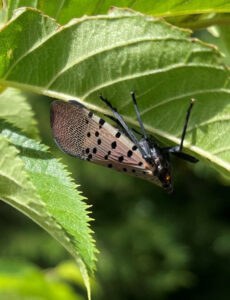
The short answer: We do not anticipate that spotted lanternfly will be an issue for field crops The long answer: …
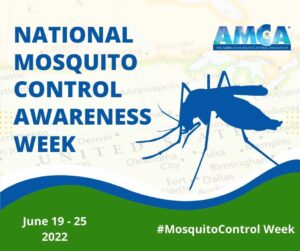
From June 19th through June 25th, the American Mosquito Control Association (AMCA) promoted “Mosquito Awareness Week”. The annual event …
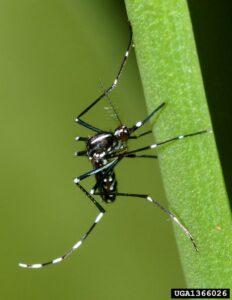
Pesticide license categories often have overlapping areas of applicability, resulting in confusion over exactly which license category is required …
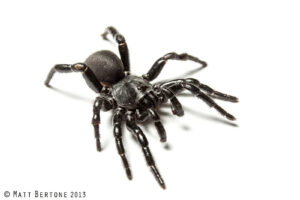
I’ve been getting a few emails and calls about large, menacing-looking black spiders that are often confused for exotic, …
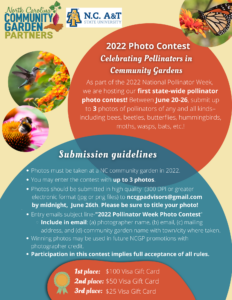
Thank you to everyone that participated in the “Hatch Butterflies” program when 4-H Embryology took a break due to …
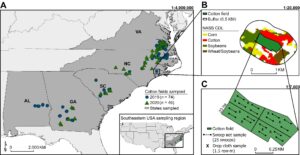
As we move toward squaring and bloom stages, it is essential to plan plant bug scouting strategies depending on …

We’ve been getting a lot of inquiries about spiders hanging around and coming inside homes lately. Some have …

Written by Mariana Prieto-Torres and Lina M. Quesada-Ocampo. Pseudoperonospora cubensis, the causal agent of cucurbit downy mildew (CDM), was confirmed …

Each year our program conducts 60 to 75 fungicide trials on various turfgrass diseases. Fall disease management trials focus …
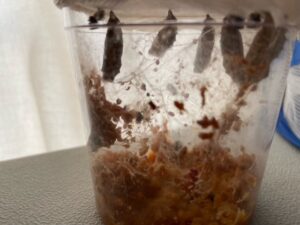
When 4-H Embryology was cancelled due to Highly Pathogenic Avian Influenza on April 5, 2022, Liz Driscoll, 4-H Horticulture …

Article by DeShae Dillard, M.S., NC State, Department of Entomology and Plant Pathology Corn earworm (also known as bollworm) is …
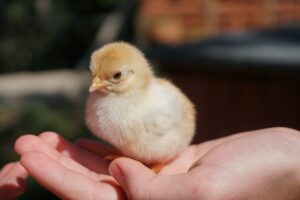
If you are a 4-H agent or Program Assistant who will hatch out chicks with 4-H Embryology, please join …

There are several mobile apps that are very useful in plant identification. These image-based identification tools have improved dramatically …
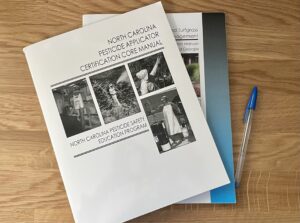
Pesticide Schools are hosted by the NC State Pesticide Safety Education Program with the help of the NC Extension …

Temperatures are warming throughout the Southeast and turf is waking up from a few jabs in the face from …
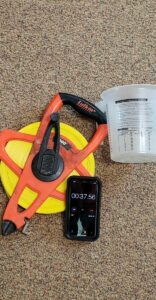
Interactive Pesticide Training March 22, 2024 | 10:00 a.m. – 12:00 p.m. The North Carolina Cooperative Extension Service of Johnston County …
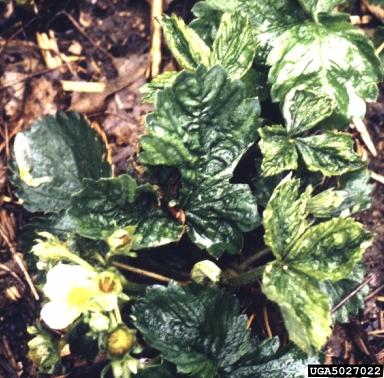
This factsheet describes the biology and management of cylamen mites in strawberries.
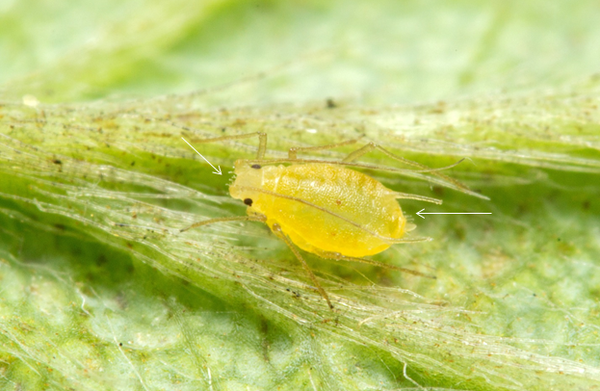
This factsheet describes aphid biology and management in strawberries.

This fact sheet discusses the Ash Flower Gall Mite, a minor/aesthetic pest of ash trees.
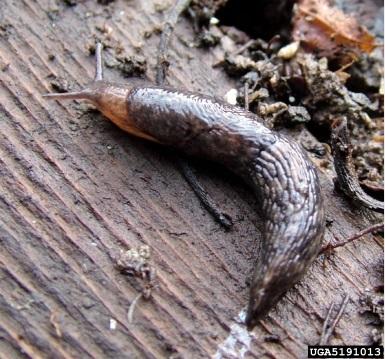

This factsheet describes sap beetles and their impact on North Carolina strawberries.
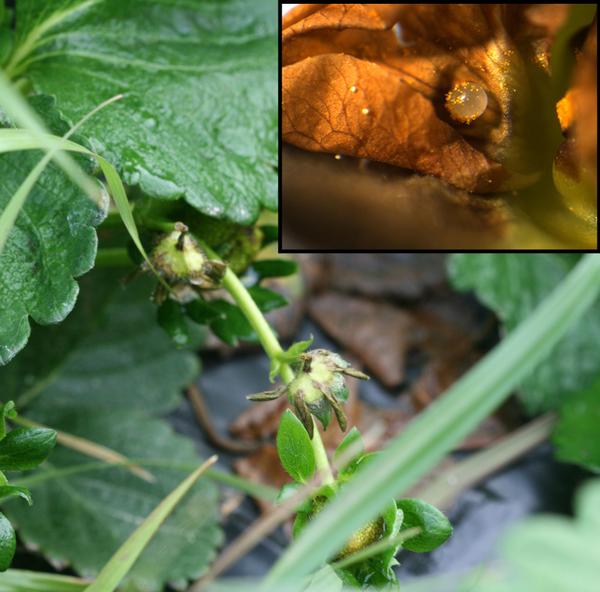
This factsheet describes the biology and management of strawberry clipper weevils in commercial strawberry production.

This factsheet provides information about Prionus infestation in North Carolina Blueberries.

This vegetable pathology factsheet describes the identification and treatment of anthracnose of pepper.